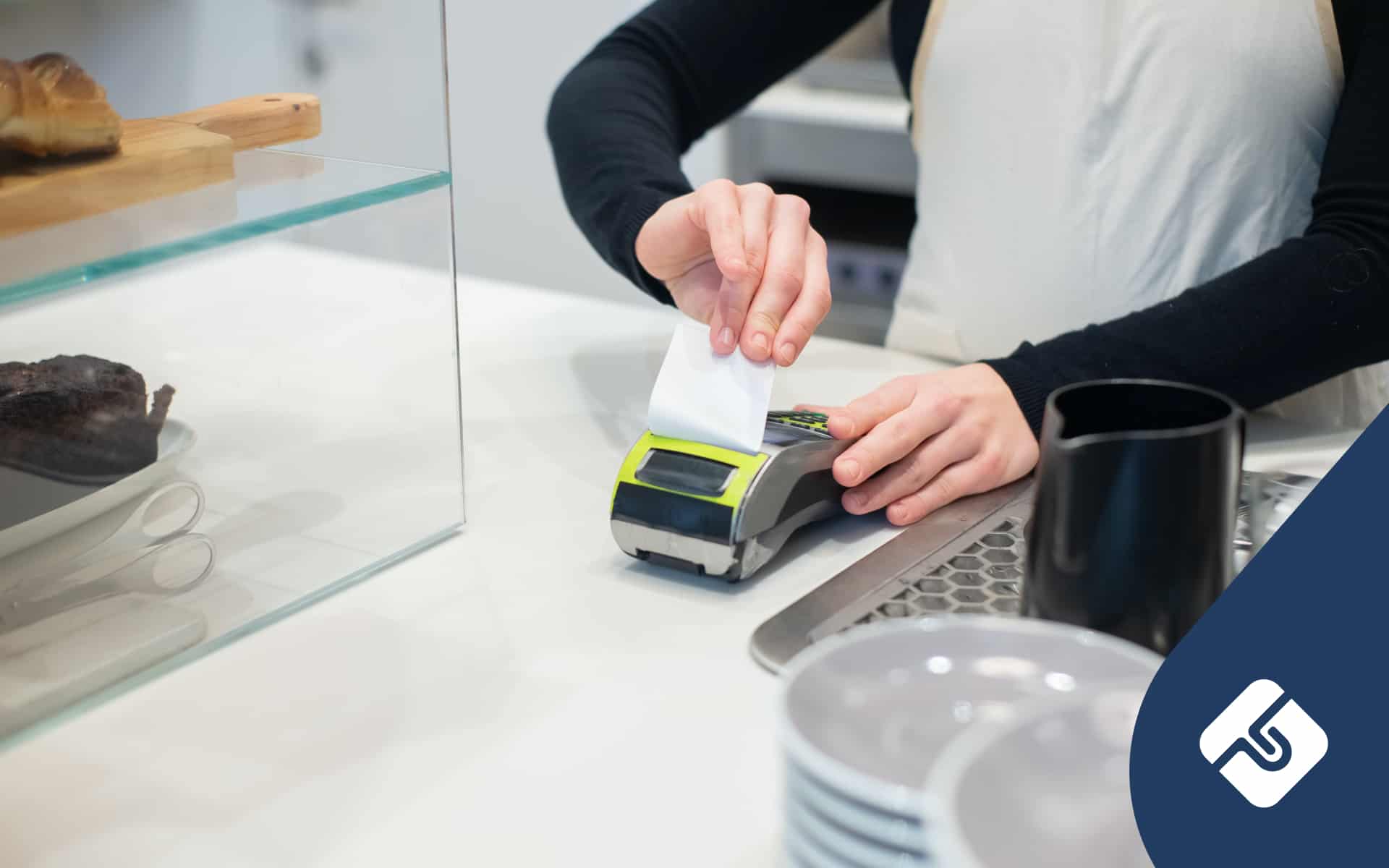Sometimes it can be hard to keep up with your recurring bills. A good way to keep on top of your finances is by paying them by direct debit.
Often, we used to have to pay bills by writing a cheque or even attending the post office. Advances in technology mean that there are now a wide range of methods to pay your bills. Not only do these advancements make the process of paying easier and more efficient, they can also ensure that payments aren’t missed. This is where direct debit can be advantageous.
But what is direct debit? How do I fill out a direct debit form? And what are the pros and cons of direct debit? In this article, we’ll introduce the concept of direct debiting your account and outline how it can make managing your finances easier – if it’s done the right way.
Table of Contents
What is direct debit?
A direct debit (also known as ‘direct withdrawal’) is an automatic transfer of money (i.e. the debit) from one person’s bank account (i.e. the payer) directly to another (i.e. the payee). Direct debits are processed electronically. Direct debits are often used for recurring payments such gym memberships and insurance. Depending on the type of service, direct debits can be a fixed amount or a variable amount.
As the payer, you must first authorise a direct debit in order for it to take effect. In other words, you as the payer must have advised the bank that you have provided consent (authorisation) for the payee to directly draw funds from the payer’s account.
Example
Most gyms receive payments through a direct debit system. When you sign up, you may be asked to fill out a form with your bank details. You also sign this form to confirm that you have authorised the arrangement. This allows the gym to receive their fees reliably, and stops you from having to remember to pay the fee every month.
Filling out the form
A direct debit form is an application form that you must fill in which provides your details. This confirms that you give permission for your account to be debited.
Despite having different names, all direct debit forms require you (the payer) to at least fill in:
- Your customer details (with the bank or financial institution).
- The payee’s bank account details.
- The frequency of the payment (weekly, fortnightly, monthly, quarterly, annually, etc).
- Your signature.
Advantages
- Automatic and accurate payments
- Efficient and fast for the payer
- Improved and reliable cash flow for payees
Disadvantages
- Reduced control over payments
- Potential for complex or unfair contract terms
- Potential service fees
- Contracts may be difficult to terminate
Is direct debit safe?
Direct debit arrangements are secure. Today, all direct debit transactions are regulated by the Australian Payments Clearing Association (APCA). Your money in this case will only be allocated where it’s meant to.
While the reduced control over your payments may feel daunting, the payee is only allowed to draw funds which you have authorised. Therefore, it is vital that you read the terms of the contract and fill in the direct debit form carefully to avoid authorising payments which you never intended to make.
Before authorising a payment by direct debit, you should ask yourself whether you trust the payee, your options for cancellation, and if there are other ways to pay which may suit your circumstances better. Further, you should make check that the account you have provided will have sufficient funds.
How do I cancel a direct debit?
You can cancel your direct debit by writing to your bank. Your ‘instruction letter’ should indicate:
- You and the payee’s details.
- The date for cancelling your direct debits.
- A request for a confirmation letter from your bank or financial institution confirming the cancellation.
Your bank is obliged to follow your instructions and ensure you are no longer debited. Alternatively, you can also cancel your direct debit by contacting the payee.
Conclusion
While direct debit can be a great to manage your finances, it’s important to make sure you’re only charged for what you authorise. If you do this, it will be one less payment you’ll have to worry about making on time every month. If you’re not sure whether you’ve correctly authorised a payment, or if you want know whether your business can start direct debiting customers, it is worth speaking to a business lawyer.




